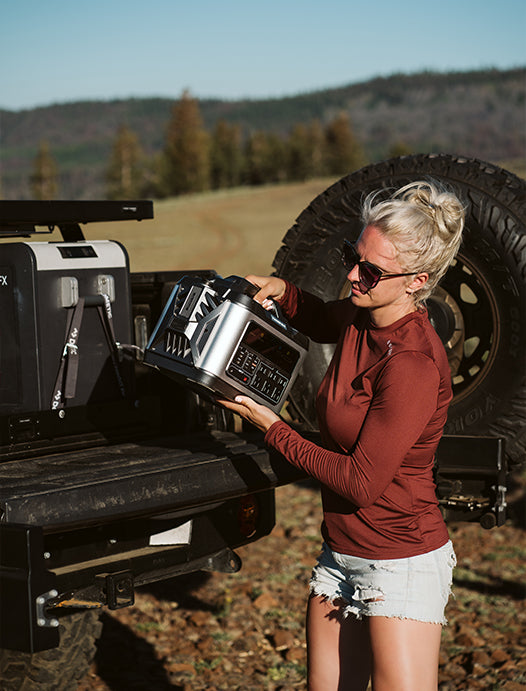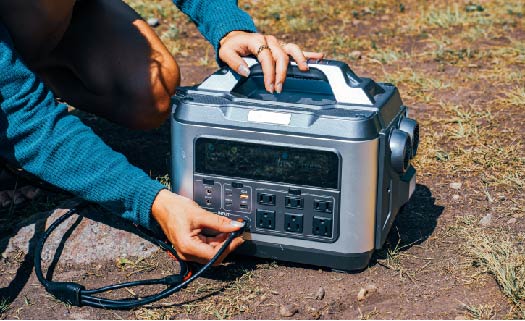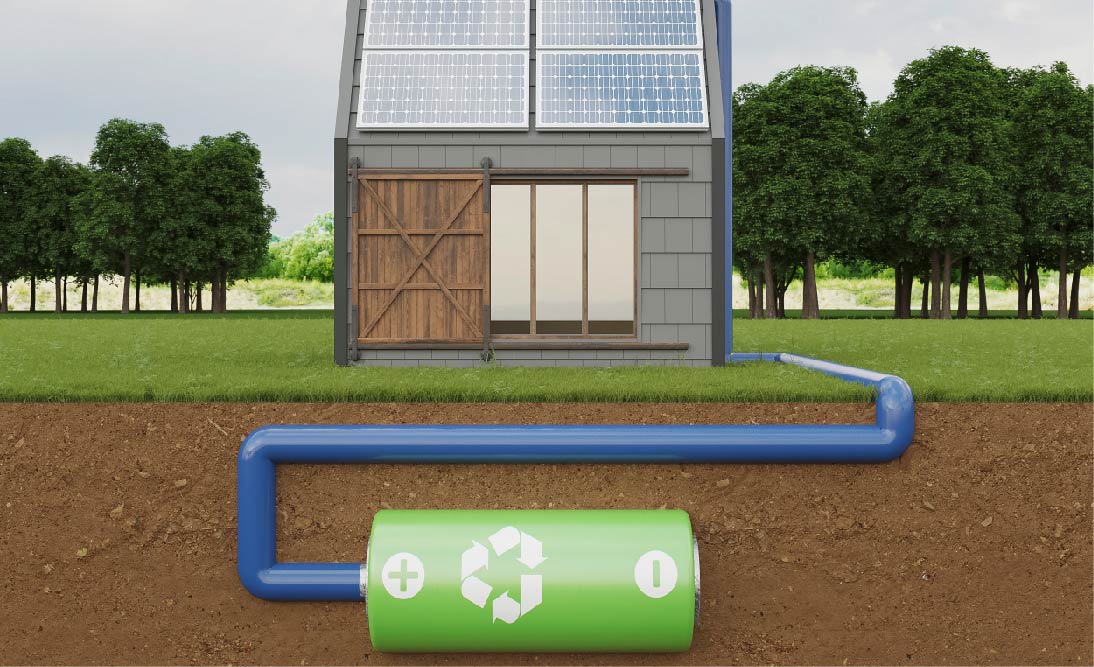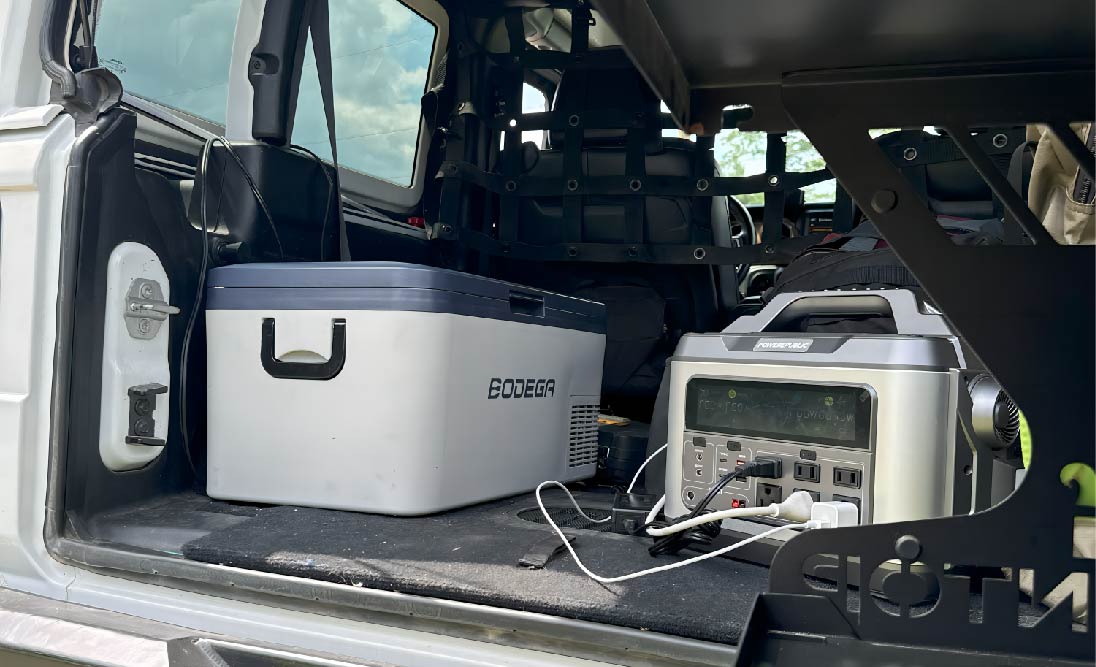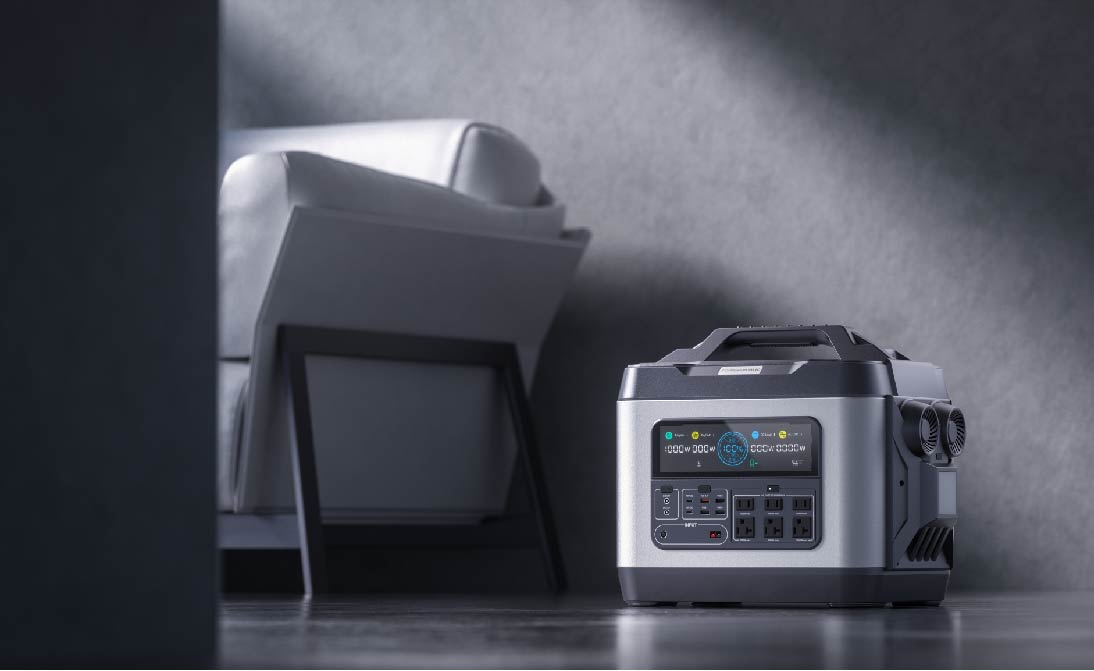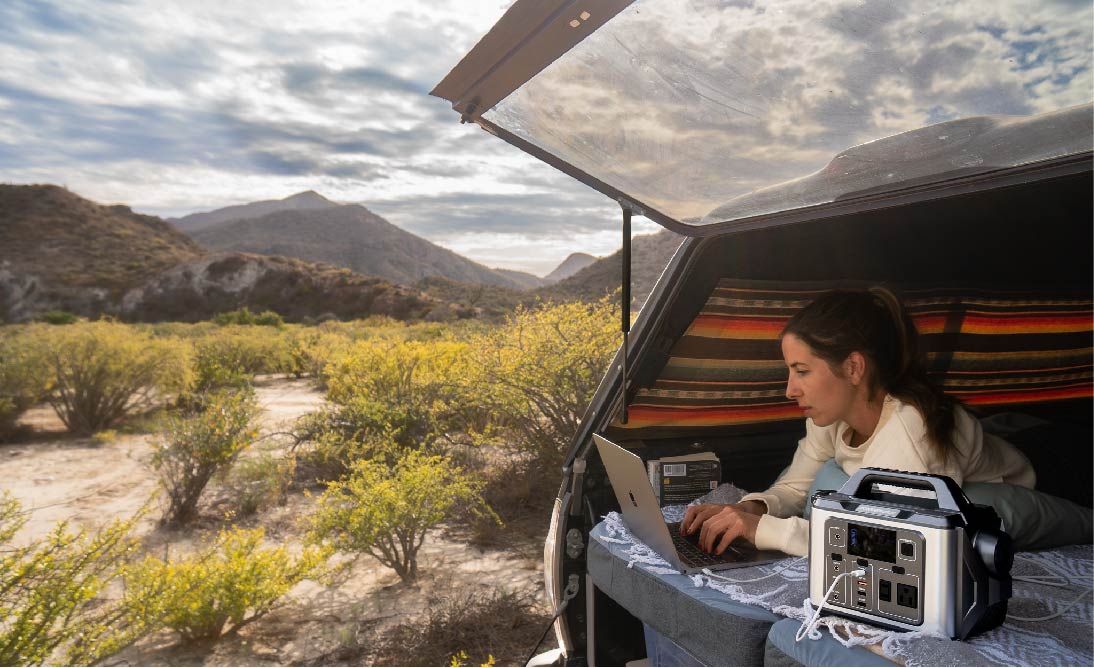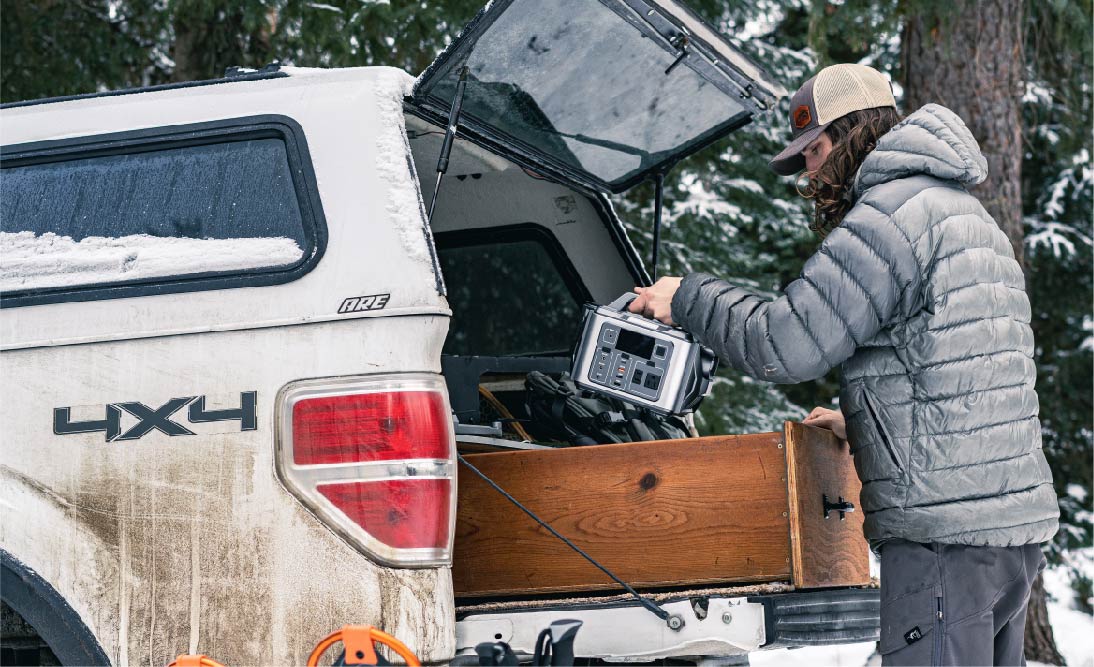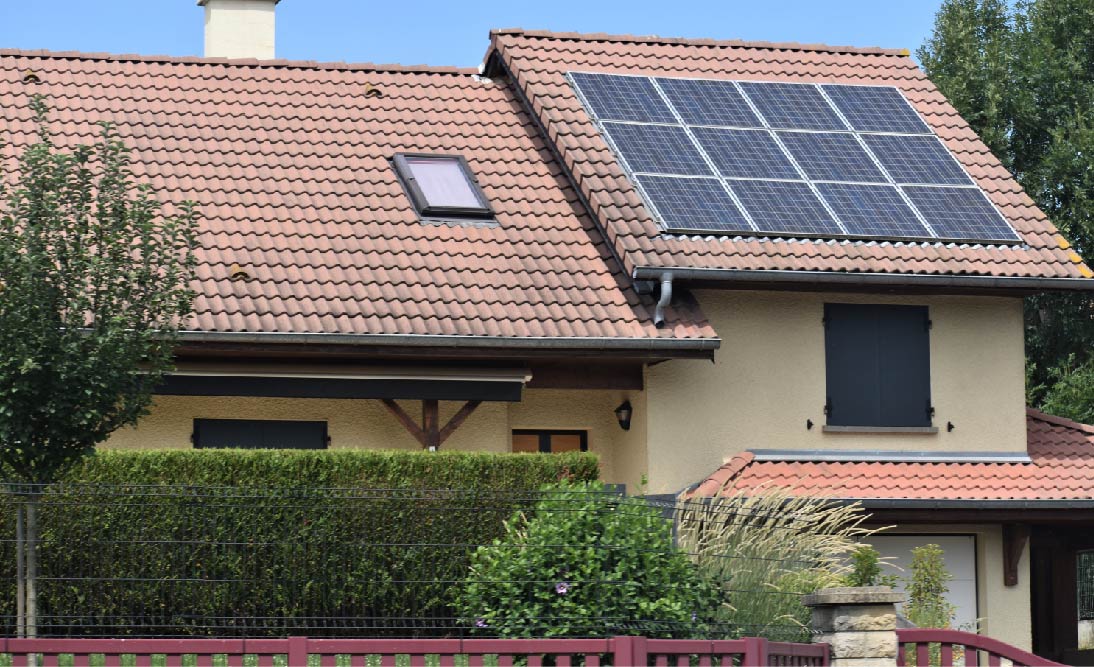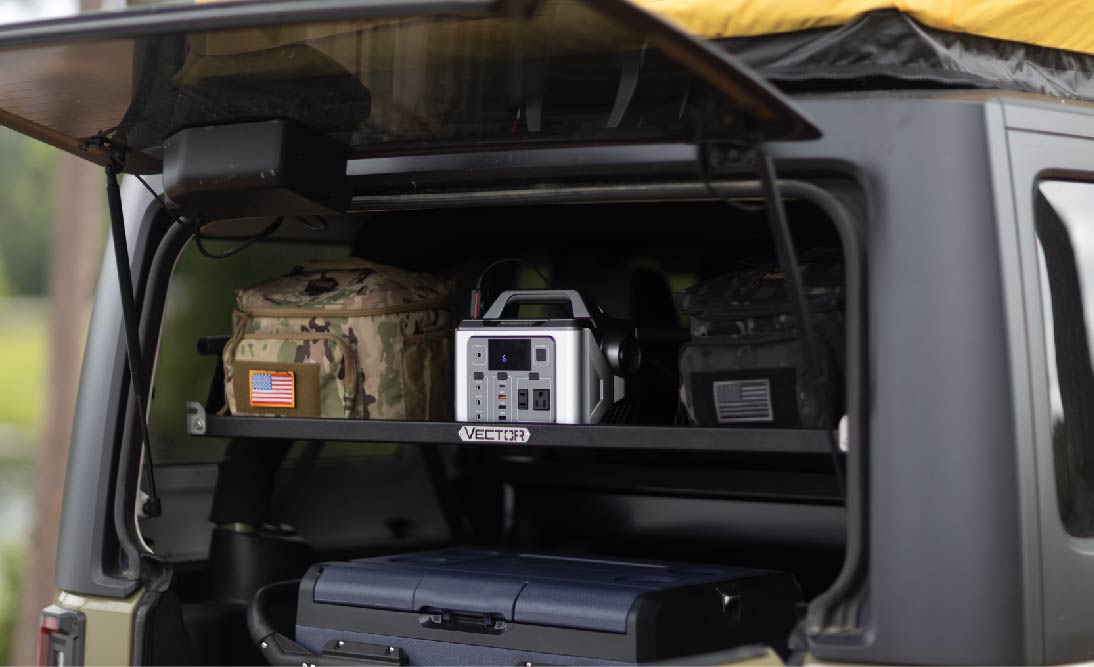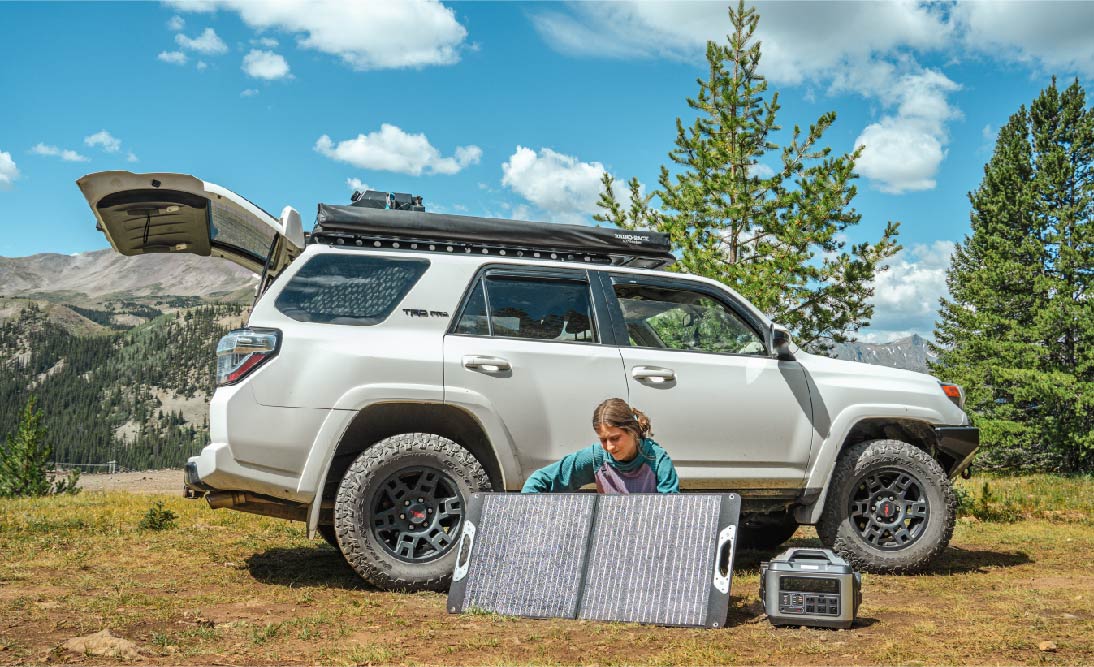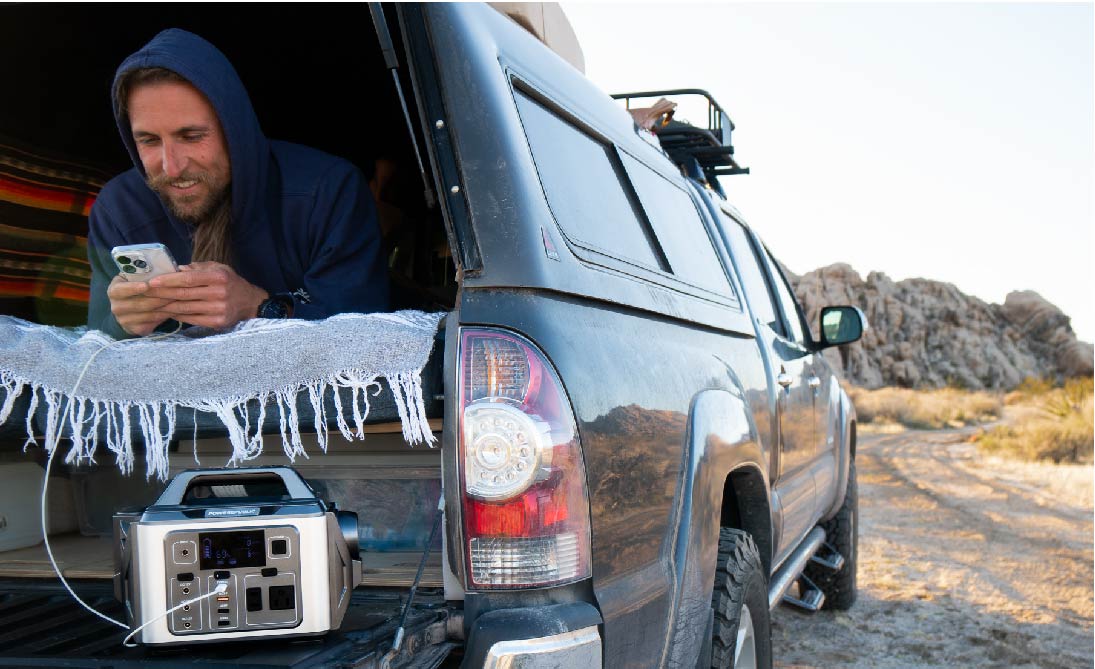Table of Contents:
Whether you live off-grid or are seeking a reliable source to harness solar energy, having a 200-watt portable solar panel at your side is a significant advantage. You can connect it to a portable power station to create a solar generator kit, providing backup during extreme weather or power outages. It can also enhance the solar input for your home or vehicle’s solar system. In this guide, we will discuss the functionality and practicality of a 200-watt portable solar panel. Let's get started!
What is a 200-watt Portable Solar Panel?

A 200-watt portable solar panel is a solar power-generating unit designed for portability and ease of use. Here's a breakdown of its features:
-
Solar Cells: It consists of photovoltaic cells that convert sunlight into electricity. With a 200-watt capacity, it generates up to 200 watts of power per hour under optimal sunlight conditions.
-
Portability: These panels are designed to be lightweight and often foldable or compact, making them easy to transport and set up. This feature makes them ideal for camping, RV trips, outdoor activities, and emergency power needs.
-
Size and Efficiency: The size of a 200-watt portable solar panel varies based on the efficiency of the solar cells and the technology used. More efficient panels are typically smaller.
-
Accessories: They often come with accessories like a charge controller to regulate the electricity flow, connectors, and sometimes an inverter to convert the electricity from DC to AC.
-
Usage: They are used to charge batteries, power small appliances, and can be a part of a larger solar setup. They're particularly popular among those who need off-grid power solutions or a backup power source.
-
Installation: These panels require minimal installation, with setups usually involving just unfolding the panels and positioning them towards the sun.
-
Durability: They are built to withstand outdoor conditions, with some degree of water and weather resistance.
Overall, a 200-watt portable solar panel offers a balance between sufficient power output for many small to medium applications and the convenience of portability.
Monocrystalline VS. Polycrystalline: Which is Better?

When comparing monocrystalline and polycrystalline portable solar panels, the question of which is "better" largely depends on your specific needs, budget, and the application for which you are using them. Here's a comparison of the two:
Monocrystalline Portable Solar Panels
-
Efficiency: Monocrystalline panels are typically more efficient in converting sunlight to electricity compared to polycrystalline panels. They can convert more than 20% of sunlight into electricity.
-
Appearance: They have a uniform black color and a more uniform appearance because they are made from a single crystal structure.
-
Space: Due to higher efficiency, they require less space to generate the same amount of power as polycrystalline panels.
-
Cost: Generally, they are more expensive than polycrystalline panels.
-
Performance in Low Light: Monocrystalline panels tend to perform slightly better in low-light conditions.
-
Lifespan: They usually have a long lifespan, often with warranties of 25 years or more.
-
Temperature Coefficient: They have a better temperature coefficient, meaning their performance decreases less in high temperatures.
Polycrystalline Portable Solar Panels
-
Efficiency: Polycrystalline panels have slightly lower efficiency, usually converting 15-17% of sunlight into electricity.
-
Appearance: They have a blue hue and a somewhat speckled look due to the multiple crystals in each cell.
-
Space: Due to lower efficiency, they require more space to generate the same amount of power as monocrystalline panels.
-
Cost: These panels are generally less expensive and offer a better cost-to-performance ratio.
-
Performance in Low Light: They perform slightly worse in low light compared to monocrystalline panels.
-
Lifespan: The lifespan is slightly less than monocrystalline panels but still typically exceeds 20 years.
-
Temperature Coefficient: Slightly worse temperature coefficient compared to monocrystalline panels.
Overall Comparison:
-
Monocrystalline panels are better if you need higher efficiency, have limited space, want the best performance under various conditions, and are willing to pay a higher price.
-
Polycrystalline panels are a good choice if you are looking for a more budget-friendly option and have sufficient space to install the panels.
Ultimately, the choice between monocrystalline and polycrystalline solar panels should be based on your specific requirements, including budget, space, and energy needs.
Benefits and Limitations Of Using a 200-Watt Portable Solar Panel

Using a 200-watt portable solar panel comes with its own set of advantages and disadvantages. Here's a detailed look at the benefits and limitations:
Pros of Using a 200-Watt Portable Solar Panel
-
Portability: One of the biggest advantages is its portability. It's designed to be lightweight and often foldable, making it easy to transport and use in various locations.
-
Eco-Friendly: Solar panels provide a clean, renewable source of energy, reducing reliance on fossil fuels and minimizing carbon footprint.
-
Cost-Effective: After the initial investment, the energy generated is free. It can be a cost-effective solution over time, especially in areas with abundant sunlight.
-
Off-Grid Power: Ideal for off-grid applications like camping, RV trips, or remote areas where conventional electricity is not available.
-
Ease of Use: These panels are typically user-friendly, requiring minimal setup – often just unfolding and placing them in sunlight.
-
Low Maintenance: Solar panels require very little maintenance, primarily just keeping them clean to ensure maximum efficiency.
-
Emergency Power Source: They can be a reliable backup power source during power outages or emergencies.
Cons of Using a 200-Watt Portable Solar Panel
-
Limited Power Output: With a maximum output of 200 watts per hour under ideal conditions, it may not be sufficient for powering larger devices or multiple appliances simultaneously.
-
Weather Dependent: The efficiency greatly depends on weather conditions. Overcast skies, rain, or shade can significantly reduce power output.
-
Initial Cost: The upfront cost of purchasing a portable solar panel can be relatively high compared to other temporary power solutions.
-
Space Requirement: While portable, these panels still require a fair amount of space to set up, especially if you need multiple to meet your power needs.
-
Durability Concerns: Although built for outdoor use, portable panels may be less durable than permanent installations, especially in harsh weather conditions.
-
Battery Dependency: For continuous power, especially at night, you need batteries to store energy, which can add to the cost and complexity.
-
Lower Efficiency: Compared to larger, fixed solar installations, portable panels might have lower efficiency rates.
A 200-watt portable solar panel is an excellent choice for those needing a portable, eco-friendly power source for small-scale applications. It's particularly beneficial for outdoor activities and in areas without grid access. However, its usefulness is limited by its power output and dependence on weather conditions. It's essential to consider these factors against your specific power needs and usage scenarios to determine if a 200-watt portable solar panel is right for you.
POWEREPUBLIC 200-Watt Portable Solar Panel

The POWEREPUBLIC 200-watt portable solar panel (PV200) is designed for campers and outdoor enthusiasts seeking a reliable source to harness the sun's energy. It is compatible with the T1200, T2200, and T3000 portable power stations, forming solar generator kits that can be used in the wild.
With a weight of 17.5 lbs (8 kg), the PV200 is light enough to carry around. Its foldable design ensures it takes up little space in your home, van, RV, or car. The folded dimensions are 24.8 x 20.5 x 2 inches. Moreover, POWEREPUBLIC's 200-watt portable solar panels use monocrystalline cells with an efficiency rate of 23%. Under prime sun exposure, the PV200 can produce around 150W to 170W of solar input to recharge the portable power station or your solar system. The long-lasting ETFE coating on the surface makes it weather-resistant and durable.
Furthermore, the POWEREPUBLIC PV200 features a black box built on the back of the solar panel with several USB and Type-C ports. This allows you to recharge your small electronic devices directly using the solar panel in the wild. If you are looking for a portable, foldable, durable, and practical 200-watt portable solar panel, consider the POWEREPUBLIC PV200 as an excellent option.
FAQ I: Are Portable Solar Panels Worth It?

Answer: The worth of portable solar panels depends on your specific needs and usage scenarios. Here are some points to consider:
-
Outdoor Activities: For campers, hikers, or RV enthusiasts, portable solar panels offer a reliable and eco-friendly power source in remote locations. For example, a 100-watt portable solar panel can run a smartphone (about 5 watts) around 20 times on a sunny day.
-
Emergency Power: In case of power outages, a portable solar setup can keep essential devices running. A 200-watt portable solar panel can effectively run a small portable generator to power lights, a small fridge, or charge multiple devices.
-
Cost and Savings: While there's an upfront cost, solar panels can save money in the long run by reducing reliance on grid power or gasoline for generators.
-
Environmental Impact: If reducing carbon footprint is a priority, solar panels are a great choice, as they use renewable energy.
FAQ II: Are Solar Panels Water Resistant?

Answer: Most solar panels, including portable ones, are designed to be water-resistant to some degree.
-
Ingress Protection (IP) Rating: Solar panels often have an IP rating that indicates their level of protection against water and dust. For instance, a panel with an IP65 rating is dust-tight and protected against low-pressure water jets from any direction.
-
Example: A camping solar panel with an IP65 rating can withstand rain, making it suitable for outdoor use, but it shouldn’t be submerged in water.
-
Coating and Materials: Panels are generally made with durable materials and coatings (like ETFE) that protect against weather elements.
FAQ III: How Many Solar Panels Do I Need To Charge A Telsa?

Answer: To calculate this, we need to consider the Tesla's battery capacity and the solar panel's output.
-
Tesla Battery Capacity: Let's take the Tesla Model S, which has a 100 kWh battery.
-
Solar Panel Output: Assuming you're using a 200-watt portable solar panel with an average of 6 hours of full sunlight per day, the panel produces 1.2 kWh per day (200 watts x 6 hours).
-
Calculation: To fully charge the Tesla (100 kWh), you need 100 kWh / 1.2 kWh per day ≈ for 83.3 days with one solar panel. If you want to charge it in a day, you need 100 kWh / 200 watts =500, which means you will need 500 pieces of 200-watt portable solar panels in total.
This calculation is highly simplified and doesn't account for factors like efficiency losses in the system, varying sunlight hours, and the practicality of setting up such a large number of panels. It illustrates that charging a Tesla solely with a small number of solar panels is not feasible; a more extensive, fixed solar installation would be more appropriate for such needs.
Final Thoughts
In summary, a 200-watt portable solar panel stands as a versatile and eco-friendly solution for those seeking sustainable energy sources, especially in off-grid scenarios. Whether it's for outdoor adventures, emergency backup, or augmenting a home solar system, these panels offer a blend of portability, efficiency, and convenience. The comparison between monocrystalline and polycrystalline variants provides insight into making an informed choice based on efficiency, space, and budget.
Particularly, the POWEREPUBLIC PV200 exemplifies the practicality of such panels with its high efficiency, durable design, and added features like USB ports for charging devices. While there are considerations like weather dependency and power limitations, a 200-watt portable solar panel is an excellent investment for those prioritizing portability and sustainability in their power solutions. This guide comprehensively explores the capabilities and applications of these panels, positioning the 200-watt portable solar panel as an essential tool for modern, environmentally conscious living.
